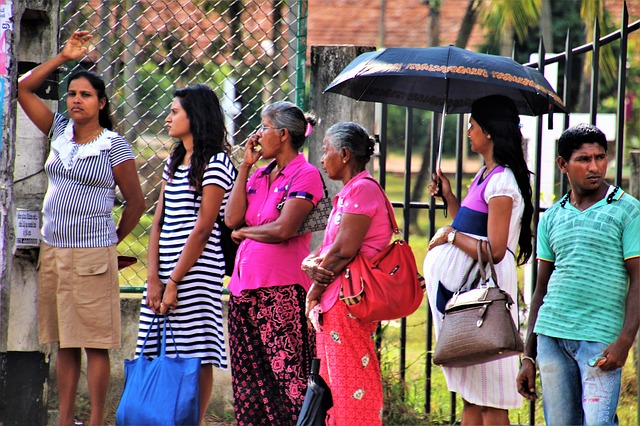KUALA LUMPUR, Sept 20 – More Malaysian mothers died from complications during pregnancy and childbirth, compared to Singapore and other developed nations, according to a new report by United Nations (UN) groups.
In 2017, Malaysia recorded a maternal mortality ratio (MMR) — which is the number of women’s deaths while pregnant or within 42 days of termination of pregnancy, per 100,000 live births — of 29 maternal deaths per 100,000 live births, almost four times higher than Singapore’s MMR of eight in the same year.
According to the “Maternal mortality: Levels and trends, 2000 to 2017” report by the World Health Organization (WHO), Unicef, UNFPA, World Bank Group, and the United Nations Population Division, Malaysia’s MMR improved by 24 per cent between 2000 and 2017, recording an MMR of 38 in 2000 before falling to 29 in 2017.
However, Malaysia has performed relatively worse than many of the developed nations in the Western Pacific region. In the year 2017, South Korea’s MMR was 11, followed by New Zealand (nine), Australia (six), and Japan (five).
But Malaysia’s MMR of 29 was better than other members of the West Pacific region in 2017 with a population of more than 100,000: Brunei (31), Vietnam (43), the Philippines (121), Cambodia (160), and Laos (185). China’s MMR was 29. WHO lists Malaysia as part of the Western Pacific.
As per region, Western Pacific fared better than other regions at 41, securing the second place after Europe at 13.
Maternal mortality was higher in other Asean countries than Malaysia, such as Thailand recording an MMR of 37 in 2017, Indonesia (177), and Myanmar (250).

“Women and newborns are most vulnerable during and immediately after childbirth. An estimated 2.8 million pregnant women and newborns die every year, or one every 11 seconds, mostly of preventable causes, the new estimates say,” WHO said in a statement yesterday.
The UN report indicated that compared to the turn of the century when 451,000 women died due to complications relating to maternal issues, in 2017, that number fell to an estimated 295,000.
Compared to the year 2000 when the global MMR was 342 maternal deaths per 100,000 live births, it was now 211 in 2017.
Despite this being an improvement, the very slow rate of change means that the UN sustainable development goals’ (SDGs) target of no more than 70 maternal deaths per 100,000 live births by 2030, would not be met.
“The world will fall short of this target by more than one million lives if the current pace of progress continues,” said WHO.
Although child deaths fell by nearly half and maternal deaths by over one-third since 2000 due to improved access to quality health services, 6.2 million children under 15 years died in 2018, and over 290,000 women died due to complications during pregnancy and childbirth in 2017. Of the total child deaths, 5.3 million occurred in the first five years, with almost half of these in the first month of life.
“In countries that provide everyone with safe, affordable, high-quality health services, women and babies survive and thrive,” said WHO director-general Dr Tedros Adhanom Ghebreyesus.
“This is the power of universal health coverage.”
The UN report also said that many maternal deaths were still not recorded, with problems in accurately measuring maternal mortality.
“Many countries still lack well-functioning civil registration and vital statistics systems, and where such systems do exist, reporting errors – whether incompleteness (unregistered deaths, also known as ‘missing’) or misclassification of cause of death – continue to pose a major challenge to data accuracy.”








